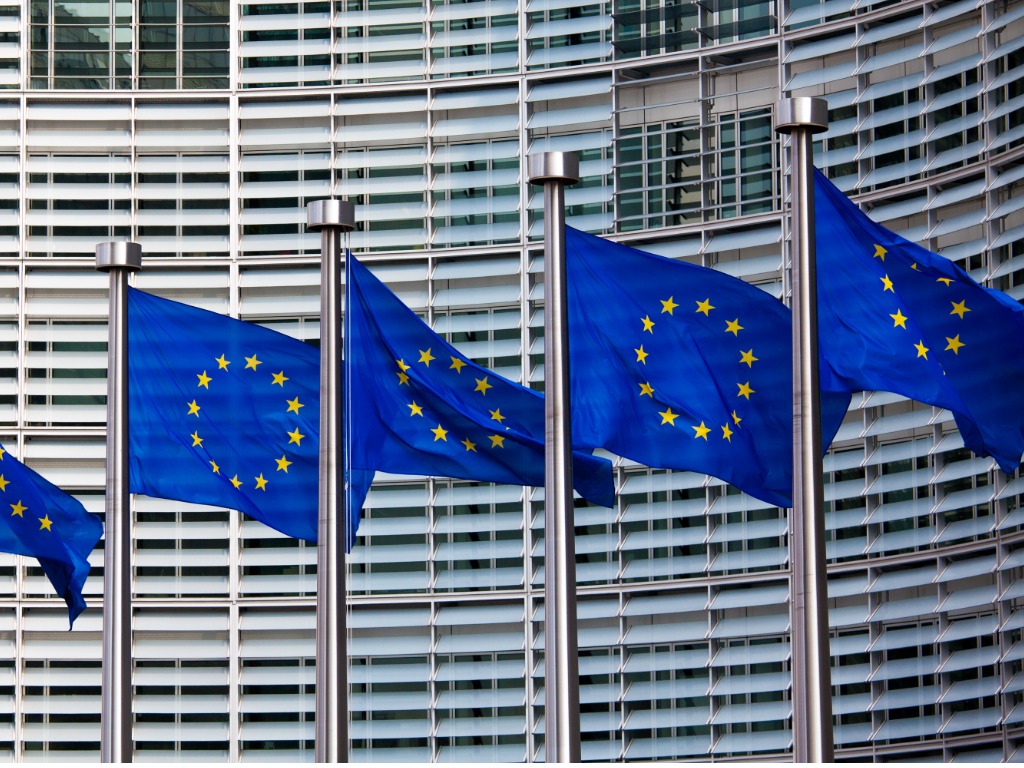EU Council Announces Agreement on Nature Restoration Law
The European Council announced today that it has reached an agreement on the establishment of a broad range of nature restoration measures that would include requirements to protect and restore at least 20% of EU land and sea areas by 2030, and all areas in need of restoration by 2050.
The agreement will form the basis for the Council’s negotiating position on the Nature Restoration Law proposed by the European Commission in June 2022, aimed at enabling a sustained recovery of degraded ecosystems, as well as contributing to the EU’s climate objectives, and forming a key element of the EU Biodiversity Strategy, which calls for the establishment of binding nature restoration targets – particularly those that can contribute to capturing and storing carbon and reducing the impact of natural disasters.
Earlier this month, the proposed legislation narrowly survived a vote in the EU Parliament aimed at rejecting the law, allowing it to proceed to a full Parliamentary vote anticipated for next month.
The proposed law contains several targets covering areas including the improvement and re-establishment of biodiverse habitats in wetlands, grasslands, forests, rivers and lakes and other ecosystems, reversing the decline of pollinating insect populations, maintaining green urban space, restoring drained peatland under agricultural use, and restoring marine habitats, among others.
While the Council’s agreement enables the proposal to move forward to negotiations, the position softens several of the EU Commissions’ proposals. In a statement announcing the agreement, the Council said:
“The Council’s text sets a balance between keeping ambitious goals for nature restoration and providing flexibility for member states in the implementation of the regulation, while keeping a level-playing field and reducing administrative burden.”
One of the key changes in the Council’s position is an article that reduces the burden for renewable energy projects under the proposed law, allowing the planning, construction and operation of such projects to be deemed as having “an overriding public interest,” enabling a derogation from obligations of continuous improvement and non-deterioration, and allowing member states to exempt renewable energy projects from an obligation to demonstrate that less damaging alternatives are available if an environmental assessment has been carried out.
The Council also softened targets related to peatland, allowing member states disproportionately affected by the targets to apply lower percentages than the goals to restore 30% of drained peatlands under agricultural use by 2030 and 50% by 2050, and on forests, allowing more flexibility in the use of indicators to monitor forest ecosystems.
Other changes in the Council’s position included softening targets under the marine restoration rules for marine areas with “soft sediment” habitats, and for the rules governing requirements for member states to submit national restoration plans, by adding the possibility for states to take into account specific national aspects in their plans, such as social, economic and cultural requirements, population density, and regional and local characteristics.
Romina Pourmokhtari, Swedish Minister for climate and the environment, said:
“Today is a good day for nature. The Council has agreed on a general approach of the nature restoration law. It is evident that the presidency has been working hard to find the right balance and has listened carefully to all member states who have had different concerns and remarks on the proposals. I am glad that we have found a way to bring this file to a general approach.”





